If you are a proud owner of an inTech RV, then congratulations! You have made a wise choice in selecting the best recreational vehicle on the market. Along with providing unsurpassed comfort while traveling, your RV also provides reliable performance and years of use. But even the best RVs can experience problems at some point in their life span. Here, we will provide answers to some of the most common inTech RV problems and also offer useful tips for troubleshooting them.
Table of Contents
Large bed
One of the first issues RV owners may notice is that their inTech RV doesn’t have enough room to fit a large bed. This can be especially problematic if the RV is being used by multiple people or for extended periods of time. The good news is that it’s possible to find larger beds that will fit inside your RV and provide additional comfort and sleeping space. To do this, you’ll need to measure the length and width of your RV and then find a bed that fits within those dimensions. Be sure to check with an inTech professional to ensure that the bed is compatible with your RV before making any purchases. [1]
Bad insulation
Insulation is one of the most important components of an RV, but it can easily become compromised by water damage and poor maintenance. If your RV isn’t properly insulated, you may experience issues such as cold spots in winter and hot spots in summer. Additionally, moisture buildup inside the RV can lead to mold growth. To avoid these problems, make sure your RV’s insulation is in good condition and that any water damage is repaired quickly. Additionally, you can add additional insulation to your RV if necessary. [1]
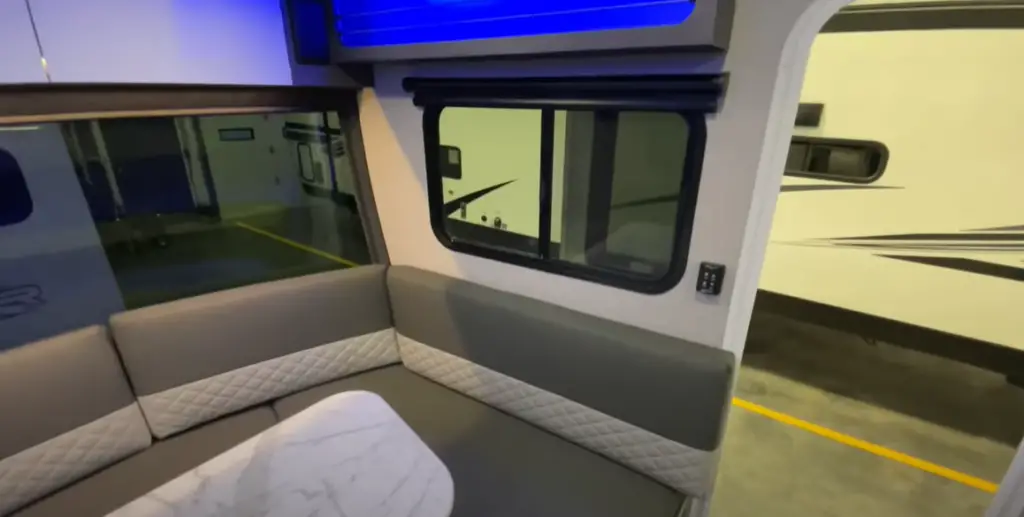
Chassis-related problem
Chassis-related problems are the most common issues with inTech RV units. From worn out bearings, to frame rust and corrosion, there are a variety of things that can go wrong. Here are some of the more common problems:
- Worn Out Bearings: This is one of the most common chassis-related problems; the bearings of your inTech RV unit can wear down over time due to normal use. The good news is that this is usually an easy fix; you just need to replace the worn-out bearing with a new one.
- Frame Rust and Corrosion: In some cases, your inTech RV may develop rust or corrosion on the frame. This is usually caused by a lack of regular maintenance and cleaning. To prevent this problem, make sure to regularly clean the frame of your inTech RV and check for any signs of corrosion or rust.
- Suspension Problems: Another common chassis-related issue is suspension problems. These can be caused by worn shocks and struts, or by a lack of regular maintenance. If you notice any strange noises coming from the suspension system, it may be time to get it checked out. [2]
Less storage space
If you’re accustomed to the spacious, home-like feeling of luxury RVs and motorhomes, then you may be taken aback by the limited storage space common in InTech RV. While some models do have more space than others, they all tend to be much more compact compared to other recreational vehicles on the market.
Another great way to get more storage space is to invest in RV furniture that doubles as extra storage. For example, a futon can provide seating during the day, but you can also use it for storing items like pillows or blankets when not in use. [1]
Damaged window blinds
Window blinds are a common problem in RVs. They may become damaged due to improper installation, uv exposure or even just wear and tear over time. The best way to fix this issue is to replace the shades with new ones that fit properly. If you don’t have the budget for a full replacement, there are also several DIY options available, such as restringing the cords or replacing individual slats. Additionally, make sure to protect your window blinds from further damage by using sun blockers or opaque films on the windows during extended periods of direct sunlight. With a few simple steps, you can keep your RV’s window blinds looking great for years to come. [1]
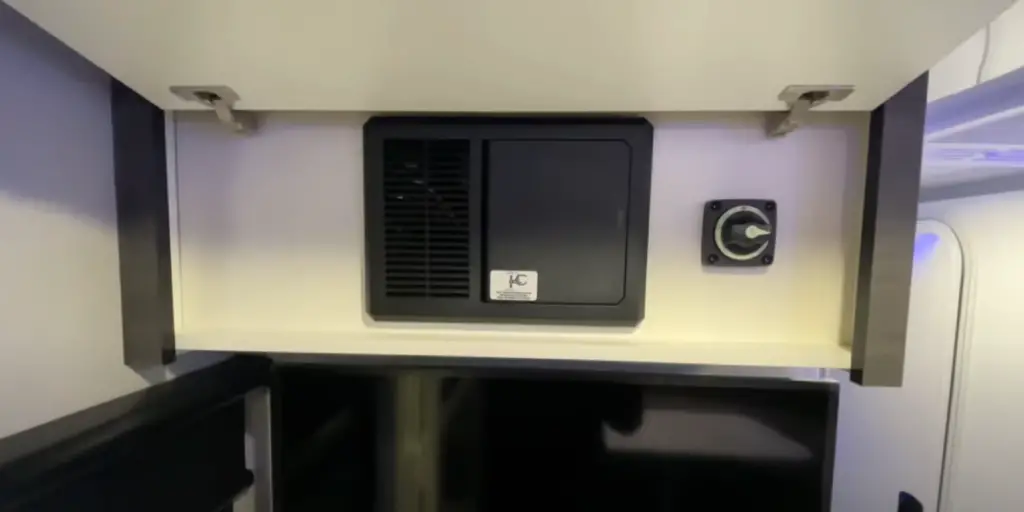
Slide-out problems
Slide-outs provide an extra level of comfort and luxury to your RV. But they can sometimes be problematic if you don’t take proper care of them. If you’re experiencing slide-out problems, the first thing you should do is check the seals around the slide-out to make sure they’re airtight. You should also check any mechanical components like motors, gears, and rails to make sure they’re properly lubricated. If the problem still persists after these checks, it’s best to take your RV in for service.
Another common slide-out issue is when the slide-out doesn’t move or close properly. This could be due to worn out guides or misaligned rollers. You should inspect these components for any signs of damage and replace them if necessary. If the problem persists, contact a service technician to take a look at it. [1]
Noise in AC fans
One of the most common issues reported by RV owners is noise coming from the AC fans. The sound may be a low hum or high-pitched screech, depending on the type and age of your RV’s air conditioner.
To determine if your RV’s noise problem is with the fan motor, check to see if the blades are spinning freely. If there is any debris lodged in the fan, it could be causing friction and contributing to the noise. To remove any debris, use a soft brush or cloth to gently dislodge it from the fan blade. [1]
Window blinds
Window blinds are a common problem in RVs. They tend to get worn out quickly, due to their exposure to sunlight and the elements. If your window blinds look faded or have started to lose their tension, it may be time to replace them. Fortunately, replacing RV window blinds is relatively simple and can be done with just a few tools.
First, you’ll need to remove the old blinds. Start by lifting the bottom of the blind and sliding it out of its track. Then, unscrew the mounting brackets and pull them away from the wall or window frame. With that done, you can now install your new RV window blinds.
To begin, measure the width and length of the window or frame. You’ll want to make sure that your new blinds fit perfectly; otherwise, they could cause problems such as rattling or difficulty in opening and closing. Once you have the measurements, take them along with you when shopping for new blinds. [2]
Lack of Insulation
One of the most common problems RVers face is lack of insulation. This happens when the walls, ceilings, and floors don’t have enough protection from the outside elements. Without proper insulation, your RV will become uncomfortably warm in summer and too cold in winter. It can also lead to condensation buildup on windows, which can cause mold and mildew growth.
To address this issue, you’ll need to check the walls, ceiling, and floors for any gaps or cracks. If you find any, use insulation material such as fiberglass or spray foam to fill them in. You’ll also want to make sure that the windows are properly sealed. Replacing the windows with double-paned glass can make a big difference in keeping your RV comfortable year-round. [2]
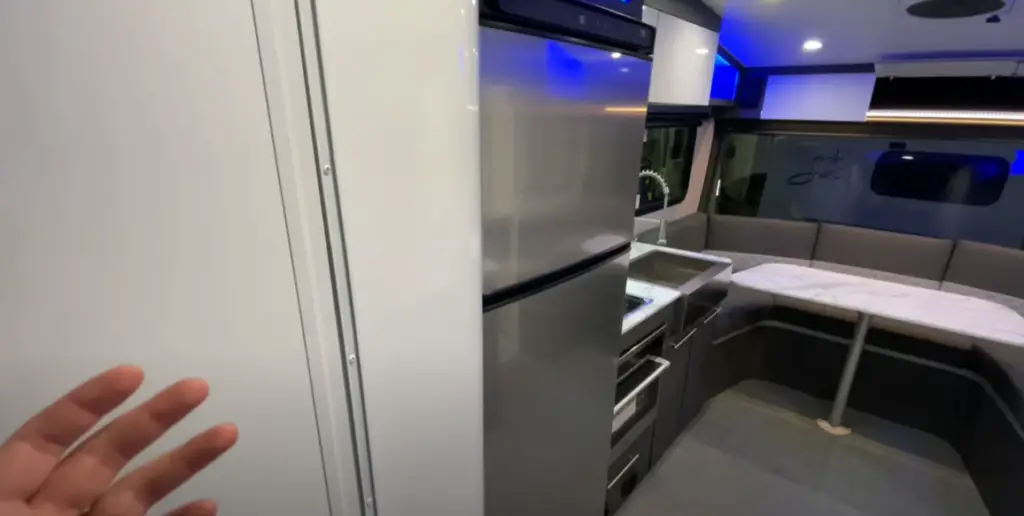
Tables Over Bed
One of the most common inTech RV problems involves tables over beds. Many people take for granted that their table will stay in place when they try to put it up and down, but this is not always the case. It is important to check the latches and hinges on the table to make sure they are properly secured before putting anything on the table. If you find that your table is not staying up and down, it may be time to replace the latches or hinges. [2]
Lack of Clothing Storage Space
If you’re a full-time RVer, chances are you have more clothing than your RV can handle. And when it comes to storage space, even an extra closet couldn’t cure this issue. Before giving up on having enough room for all of your clothes and accessories, check out these storage solutions. [2]
Improper installation of furnace vents
Incorrectly installed furnace vents can be a major source of problems for RVs. Inadequate ventilation can cause the system to overheat, leading to a breakdown or malfunction. Proper installation is essential in ensuring your RV furnace works safely and efficiently. Make sure all vent hoses are securely connected and that air flow is unrestricted through the vents. Inspect the vents for any signs of blockage or damage and replace if necessary. Also ensure that your RV has enough clearance from other objects to allow for proper air flow. [2]
Electrical problems
RV electrical problems can be both frustrating and dangerous. Common RV electrical issues include dim lights, flickering appliances, dead outlets and a malfunctioning A/C unit. If you experience any of these problems, it is important to find the source of the problem quickly so that you do not risk further damage. To ensure your safety, make sure to disconnect the main power switch before beginning any repairs.
To troubleshoot electrical problems, start by inspecting all wires and connections for signs of wear or damage. If there is visible damage to a wire or connection, it should be replaced immediately. Make sure all connections are secured tightly, as loose connections can lead to poor conductance and weak current. If all connections are tight, check the circuit breaker for any tripped switches. If any switch has been tripped, follow the manufacturer’s instructions for resetting it. [2]
Mislabeled axle
If your RV’s axle weight is not accurately labeled, it can cause a number of issues. Overloading the axles can lead to tire problems, premature wear and tear on the frame, and potentially even dangerous driving situations. If you suspect that your axle weight is mislabeled, you should take the time to get it inspected by an expert. This could involve a date at a scale, or possibly even having someone inspect the frame and suspension to get accurate measurements. Once you know exactly how much weight your axles can bear, you’ll be better able to make sure you don’t overload them in the future. [2]
Fewer cup holders
If your RV came with fewer cup holders than you expected, don’t despair. Cup holders can be added relatively easily and inexpensively by purchasing universal cup holder inserts that attach to any flat surface. Many cup holder inserts also double as storage solutions, so they are not only practical but stylish too! To ensure a comfortable fit, measure the opening of your cup holder before buying an insert to make sure it will fit securely. Installation is usually a cinch – just attach the inserts with screws or adhesive tape and they’re ready to go! Be sure to check the manufacturer’s instructions for proper installation. [2]
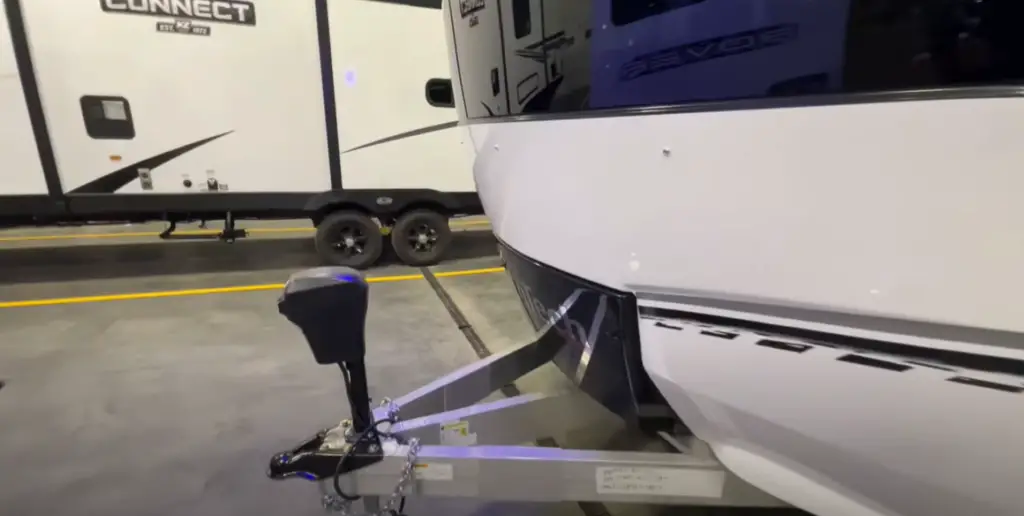
FAQ
Is inTech trailer fiberglass?
InTech trailers are typically made from an aluminum frame and composite panels, with a few models including fiberglass. However, most of our models are built out of lightweight and durable materials to ensure maximum performance and comfort on the road.
How much does an inTech Terra Oasis weigh?
The inTech Terra Oasis weighs approximately 2,000 lbs. This makes it a great option for those who are looking for a lightweight trailer that can still provide plenty of storage and amenities.
How long is the inTech Terra Oasis?
The inTech Terra Oasis is 13 feet long. This makes it a great option for those who are looking for extra storage space without taking up too much room on the road.
How long has InTech RV been in business?
InTech RV has been in business for more than 20 years. During this time, we have grown to become one of the leading brands in the RV industry, providing customers with quality products that are built to last.
What are InTech RVs made of?
InTech RVs are typically made out of an aluminum frame and composite panels. This combination of materials makes our trailers lightweight and durable, so they can handle whatever comes their way. Additionally, most models feature a variety of amenities to make your RV experience as comfortable and enjoyable as possible.
Who owns inTech?
InTech is owned by the Winnebago Industries, Inc. This company has been a leader in the RV industry for more than 50 years, making them an ideal partner for InTech’s commitment to quality and innovation.
Where are inTech campers made?
InTech campers are made in the United States at our manufacturing facility in Middlebury, Indiana. This allows us to maintain quality control and provide customers with a product that is built to last.
What are the three major RV manufacturers?
The three major RV manufacturers include Winnebago Industries, Inc., Thor Motor Coach, and Forest River. Each of these companies has been in the business for many years and are known for their quality products.
Useful Video: InTech RV – Interview Who is InTech RV
Conclusion
No matter how well you take care of your RV, sometimes problems just happen. If you run into a problem with your inTech RV, the most important thing is to remain calm and remember that our support team is here to help. Even if you can’t fix the issue yourself, we will do our best to get you back on the road in no time! Happy travels!
References:
- https://trucksauthority.com/common-problems-with-intech-rv/
- https://couchpotatocamping.com/intech-sol-horizon-pros-and-cons/

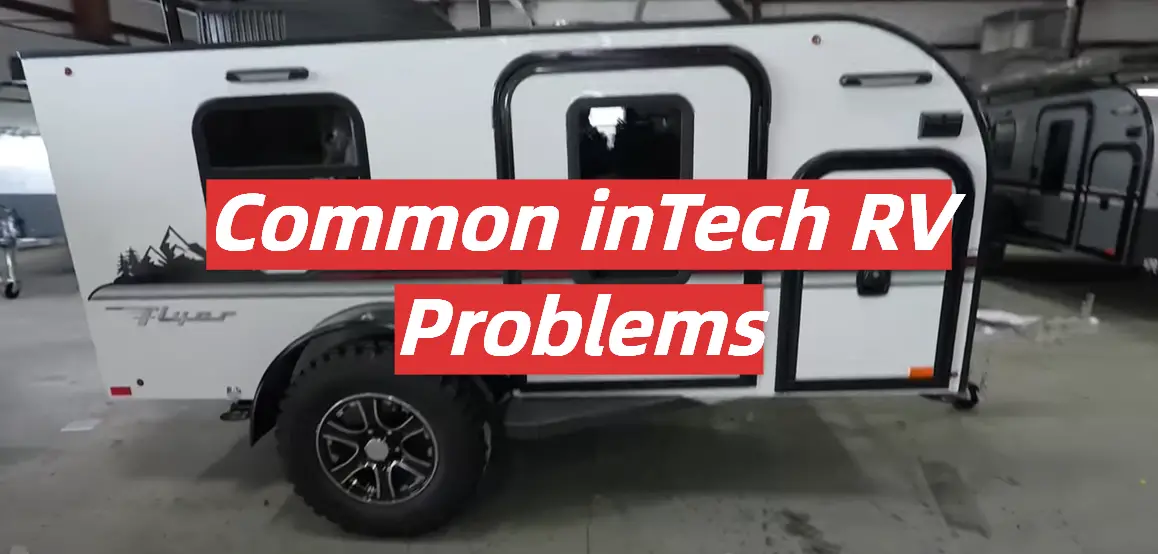
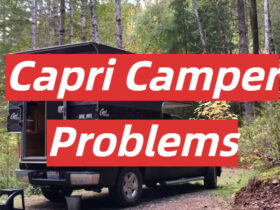
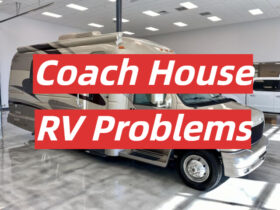
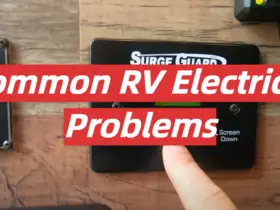
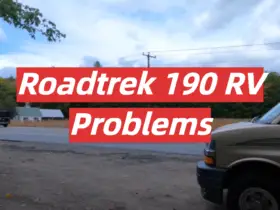
Leave a Reply